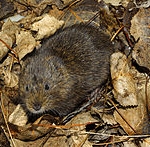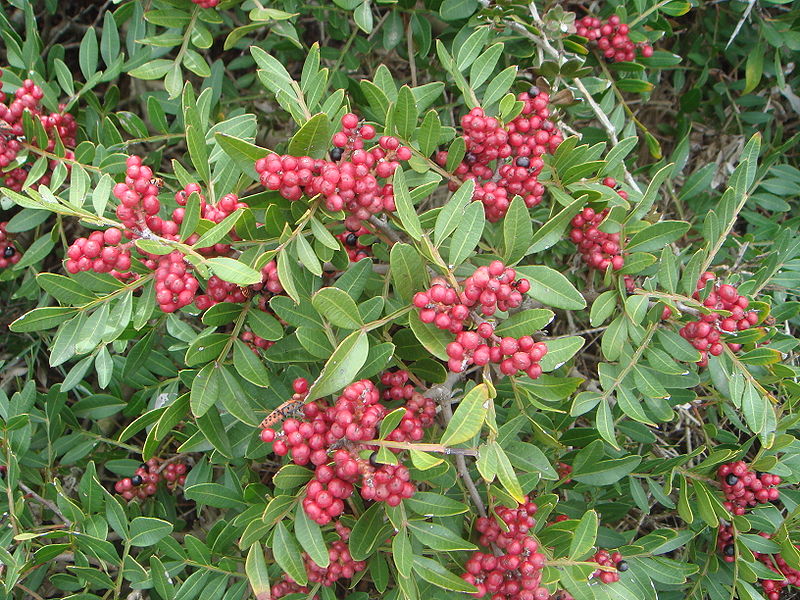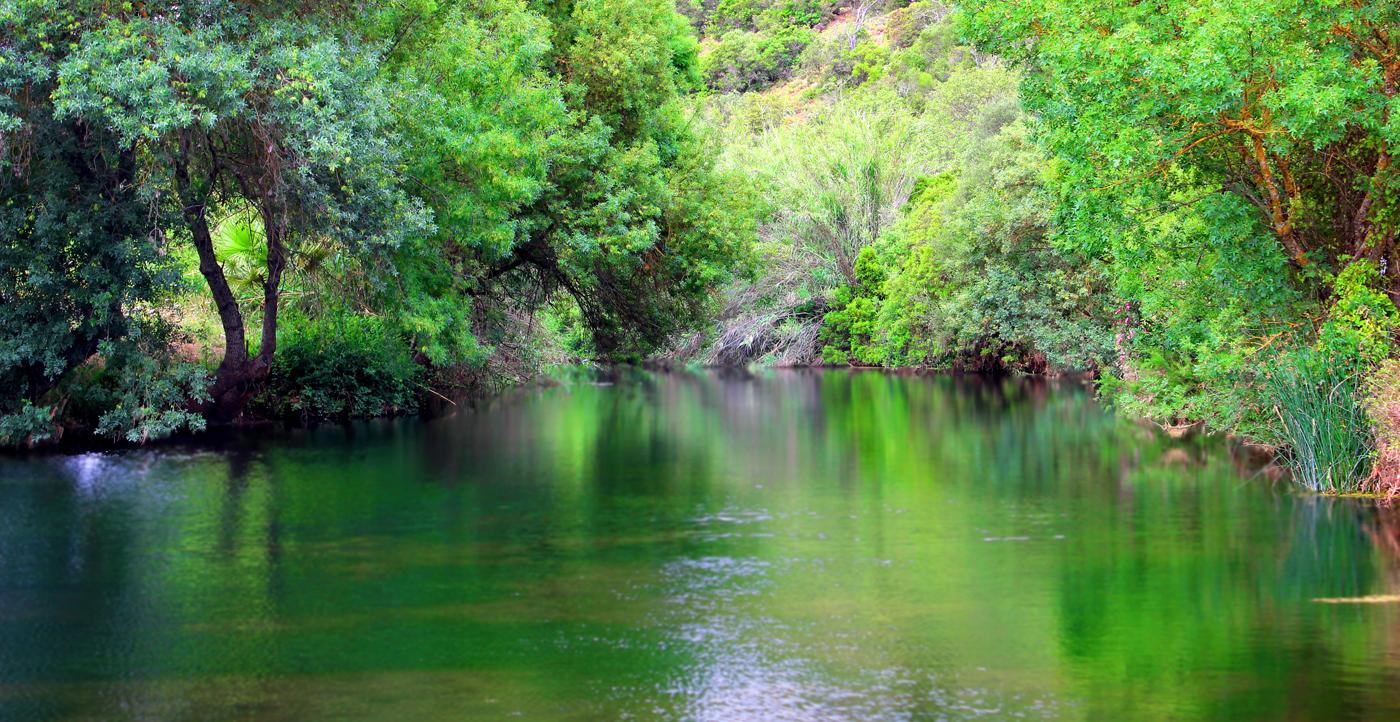• Eagle-owl (Bubo bubo) resident 1)
• Short-toed Snake-eagle (Circaetus gallicus) Mar.-Sep. 2)
• Booted Eagle (Hieraaetus pennatus) Sep. 3)
• Golden Oriole (Oriolus oriolus) Apr.-Sep. 4)
• Melodious Warbler (Hippolais polyglotta) Apr.-Sep. 5)
• Woodchat Shrike (Lanius senator) Mar.-Sep. 6)
• Wryneck (Jynx torquilla) Apr.-Oct. 7)
• Blue Rock-thrush (Monticola solitarius) resident 8)
• Rufous-tailed Scrub Robin (Cercotrichas galactotes) May-Aug. 9)
• Bee-eater (Merops apiaster) Mar.-Sep.
• Orphean Warbler (Sylvia hortensis) Apr.-Aug.
• Iberian Chiffchaff (Phylloscopus ibericus) Feb.-Sep.
• Short-toed Snake-eagle (Circaetus gallicus) Mar.-Sep. 2)
• Booted Eagle (Hieraaetus pennatus) Sep. 3)
• Golden Oriole (Oriolus oriolus) Apr.-Sep. 4)
• Melodious Warbler (Hippolais polyglotta) Apr.-Sep. 5)
• Woodchat Shrike (Lanius senator) Mar.-Sep. 6)
• Wryneck (Jynx torquilla) Apr.-Oct. 7)
• Blue Rock-thrush (Monticola solitarius) resident 8)
• Rufous-tailed Scrub Robin (Cercotrichas galactotes) May-Aug. 9)
• Bee-eater (Merops apiaster) Mar.-Sep.
• Orphean Warbler (Sylvia hortensis) Apr.-Aug.
• Iberian Chiffchaff (Phylloscopus ibericus) Feb.-Sep.
• Red-rumped Swallow (Hirundo daurica) Mar.-Oct.
• Dartford Warbler (Sylvia undata ) resident
• Black Kite (Milvus migrans) Mar.-Aug.
• Sardinian Warbler (Sylvia melanocephala) resident
• Hoopoe (Upupa epops) resident
• Red-necked Nightjar (Caprimulgus ruficollis) Apr. -Sep.
• Subalpine Warbler (Sylvia cantillans) Feb. -Oct.
• Scops-owl (Otus scops) Mar.-Sep.
• Alpine Swift (Tachymarptis melba) Mar.-Sep.
• Black-winged Kite (Elanus caeruleus) year round; rare
• Alpine Accentor (Prunella collaris) Oct.-Mar.
• Dartford Warbler (Sylvia undata ) resident
• Black Kite (Milvus migrans) Mar.-Aug.
• Sardinian Warbler (Sylvia melanocephala) resident
• Hoopoe (Upupa epops) resident
• Red-necked Nightjar (Caprimulgus ruficollis) Apr. -Sep.
• Subalpine Warbler (Sylvia cantillans) Feb. -Oct.
• Scops-owl (Otus scops) Mar.-Sep.
• Alpine Swift (Tachymarptis melba) Mar.-Sep.
• Black-winged Kite (Elanus caeruleus) year round; rare
• Alpine Accentor (Prunella collaris) Oct.-Mar.
Common Bird Species: Paderne Castle Trail
PLEASE NOTE: this list is not extensive;
• Chaffinch: Fringilla coelebs —-• Common Cuckoo: Cuculus canorus —-• Common Kingfisher: Alcedo atthis —• Iberian Green Woodpecker: Picus sharpei —-• Eurasian Jay: Garrulus glandarius —-• European Greenfinch: Carduelis chloris —-• European Crested Tit: Lophophanes cristatus —-• European Turtle-dove: Streptopelia turtur —-• Goldfinch: Carduelis carduelis —-• Great Spotted Woodpecker: Dendrocopos major —-• Grey Wagtail: Motacilla cinerea —-• Lesser Spotted Woodpecker: Dendrocopos minor —-• Little Egret: Egretta garzetta —-• Little Owl: Athene noctua —-• Long-tailed Tit: Aegithalos caudatus —-• Mallard: Anas platyrhynchos •—- Northern Goshawk: Accipiter gentilis —-• Peregrine Falcon: Falco peregrinus —-• Raven: Corvus corax —-• Redstart: Phoenicurus phoenicurus —-• Ring Ouzel: Turdus torquatus —-• Red Kite: Milvus milvus —-• Serin: Serinus serinus —-• Sparrowhawk: Accipiter nisus —-• Woodlark: Lullula arborea
Featured Animal: Paderne Castle Trail
 Southwestern Water Vole (Arvicola sapidus): a threatened species throughout its Iberian and French range, this mammal is a large (22 cm / 0.72 ft) amphibious vole which was used as a traditional ingredient to make paella in eastern Spain. Because the vole primarily eats fresh plants and cereals, its meat was considered tasty and desirable by the people living along the Ebro delta, near Valencia. Nowadays it has protected status; however, ongoing habitat fragmentation along its range and the isolation of its subpopulations have been major factors behind its regression. The species requires access to clean freshwater and well-developed hydrophilic/riparian vegetation, as we find in Paderne. A diurnal animal, its burrows usually have two entry points, one primary entry above water level, and one underwater entry. Image: David Perez
Southwestern Water Vole (Arvicola sapidus): a threatened species throughout its Iberian and French range, this mammal is a large (22 cm / 0.72 ft) amphibious vole which was used as a traditional ingredient to make paella in eastern Spain. Because the vole primarily eats fresh plants and cereals, its meat was considered tasty and desirable by the people living along the Ebro delta, near Valencia. Nowadays it has protected status; however, ongoing habitat fragmentation along its range and the isolation of its subpopulations have been major factors behind its regression. The species requires access to clean freshwater and well-developed hydrophilic/riparian vegetation, as we find in Paderne. A diurnal animal, its burrows usually have two entry points, one primary entry above water level, and one underwater entry. Image: David Perez
Featured Plant | Paderne Castle Trail
 Mastic Tree (Pistacia lentiscus): An ancient source of one of the first gums ever used for ‘masticating’, i.e. chewing purposes, this is a large shrub or small evergreen tree growing up to 7 meters tall. Frequent all the way through the Mediterranean basin, the plant withstands heavy frosts, extreme drought and almost any kind of soil substrate. In the Algarve, it can be easily found both on the acidic soils along the seashore and throughout the alkaline Barrocal, where its thick, leathery foliage, and small dark red fruits provide precious shelter and nourishment for a variety of small birds. Today, the oddly flavoured but expensive mastic resin – a specialty spice – is only harvested in the Greek island of Chios. Their hardiness and very attractive features make mastic trees a popular choice for habitat conservation and restoration planting schemes, as well as in sustainable landscape designs. Its small red flowers bloom from February through June. Image: Xemenendura
Mastic Tree (Pistacia lentiscus): An ancient source of one of the first gums ever used for ‘masticating’, i.e. chewing purposes, this is a large shrub or small evergreen tree growing up to 7 meters tall. Frequent all the way through the Mediterranean basin, the plant withstands heavy frosts, extreme drought and almost any kind of soil substrate. In the Algarve, it can be easily found both on the acidic soils along the seashore and throughout the alkaline Barrocal, where its thick, leathery foliage, and small dark red fruits provide precious shelter and nourishment for a variety of small birds. Today, the oddly flavoured but expensive mastic resin – a specialty spice – is only harvested in the Greek island of Chios. Their hardiness and very attractive features make mastic trees a popular choice for habitat conservation and restoration planting schemes, as well as in sustainable landscape designs. Its small red flowers bloom from February through June. Image: Xemenendura
